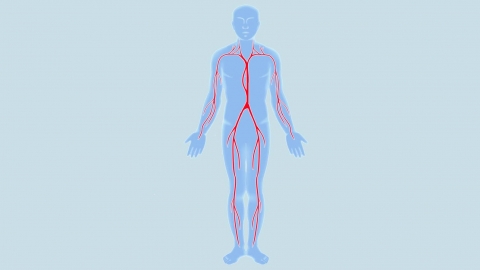How fast do neurofibromas grow?
Generally, the growth rate of neurofibromas varies from person to person. Most grow slowly and steadily; however, factors such as hormonal changes and traumatic stimulation may cause accelerated growth. If there are any concerns, it is advisable to seek medical consultation in advance. Detailed explanation is as follows:

Most neurofibromas grow slowly, often taking months or even years before noticeable changes occur. Especially in cases of solitary neurofibromas, they often remain stable for long periods without rapid enlargement, causing minimal pressure on surrounding tissues and exhibiting gradual symptom progression, thereby not affecting daily life in the short term.
Neurofibroma growth may accelerate when patients are in stages of hormonal fluctuations, such as during pregnancy or puberty, or when the tumor experiences repeated friction or impact injuries. Additionally, in patients with multiple neurofibromas, the inherent characteristics of the disease may make the tumors more prone to rapid growth compared to solitary ones.
Regular follow-up examinations are necessary after neurofibroma diagnosis to monitor changes in the tumor's size and morphology. If significant enlargement occurs within a short period or is accompanied by pain or other discomforts, prompt medical attention should be sought.





